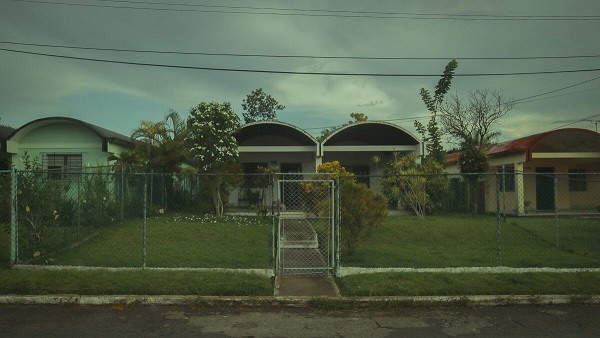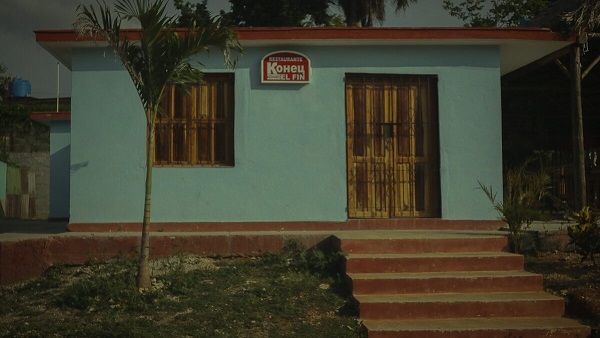The full title of this photo essay, with text and photos by Cuban photographer Lucy Gmorell (Periodismo de Barrio) and translated by Melissa Vida for Global Voices), is “The story of the ‘little Russian houses’ in Havana, Cuba, in photos.”
The Latin America team of Global Voices explains: “In the 1960s, a neighborhood was established in Havana for the relatives of the Soviet officers on mission in Cuba. These days, the neighborhood’s preserved architecture commemorates the cold war period when tensions between the US, Cuba, and the Soviet Union nearly came to a head.”
Here are excerpts; for full photo essay, visit Global Voices.
In the outskirts of La Lisa, a municipality of Havana, there is a neighborhood that everyone calls Los Rusos (The Russians), although its real name is Juan de Dios Fraga. This dual name has its own history. In 1964, two years after the diplomatic conflict between Cuba, the United States and the Soviet Union known in Cuba as the October Crisis and the Cuban Missile Crisis elsewhere, the Center of Exploration and Radioelectronic Listening known as Lourdes Base was established in the building of the current University of Informatic Sciences (UCI), following a request from the highest leadership of the USSR.
Thus, a special district was also created for the relatives of the Soviet officers on mission in Cuba: the Russian neighborhood. The houses were all similar: chalets with gardens and patios, according to the construction patterns of the National Institute of Savings and Housing presided over by Pastorita Núñez; with the exception of three sets of small houses with semicircular roofs.
In the 70s and 80s the district was relatively safe and the families of the Russian soldiers dedicated themselves to selling a variety of products. Even today, there is a distant memory of the phrase “I’m going to buy from the Russians” (voy a comprar a los rusos), a dusty memory of the period in which they lived in this area.
In the 1990s, after the fall of the socialist camp, the Russians returned to their country, and the neighborhood was deserted. In 1993, these houses were handed over to the workers of the Center for Molecular Immunology (CIM) and the Finlay Vaccine Institute (IFV), even though the houses were surrounded by invasive weeds and their interiors were ransacked, as residents of nearby neighborhoods stole everything the Soviets left behind, even the floor tiles. [. . .]
[Photo above by Lucy Gmorell: The commonly called “casitas rusas” (little Russian houses), the only ones with this structure in Juan de Dios Fraga.]
For full text and photo essay, see https://globalvoices.org/2023/08/04/the-story-of-the-little-russian-houses-in-havana-cuba-in-photos/



2 thoughts on “The story of the “little Russian houses” in Havana”